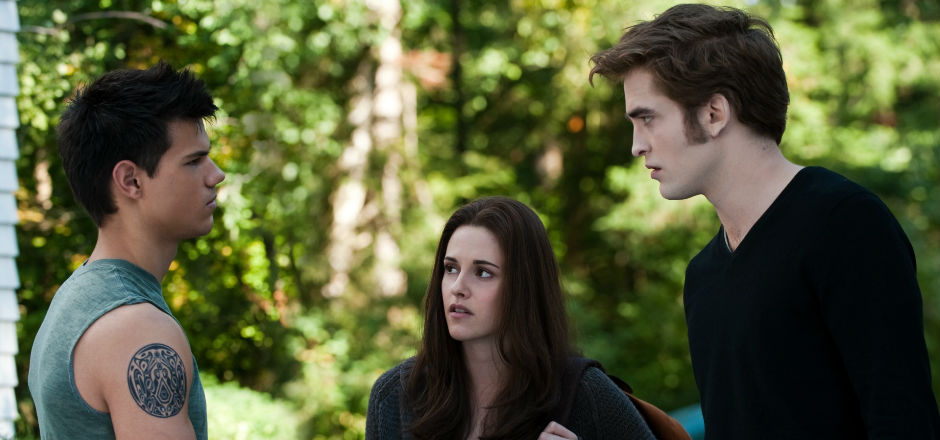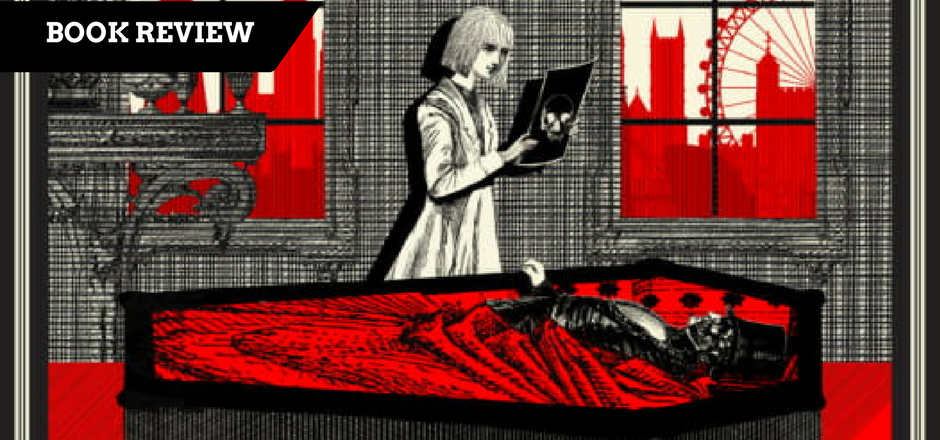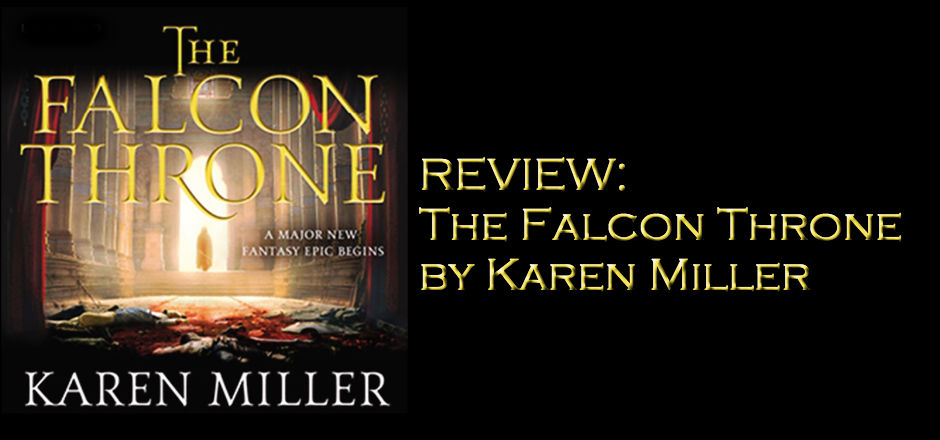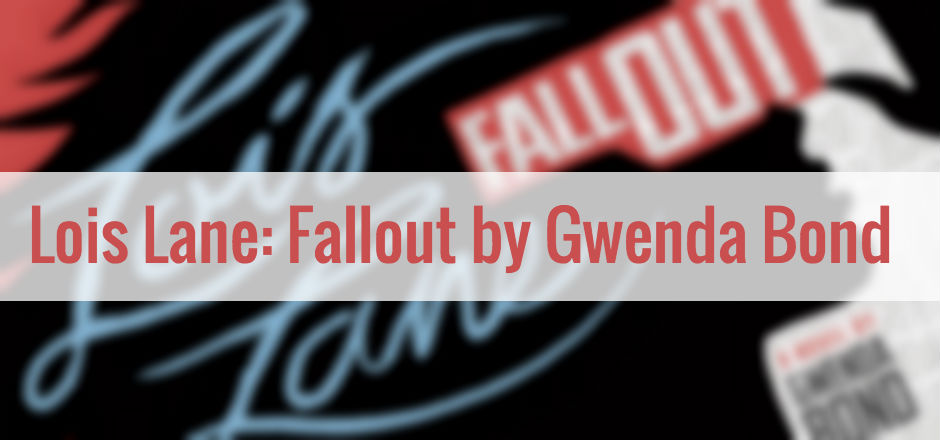Fandoms are no strangers to the art of shipping, but these days, loudly and proudly proclaiming your alliance to a particular couple within a story – be it one the creators intended or one conjured by a fan’s imagination – is almost as inherent to belonging to a fandom as knowing obscure trivia or even cosplaying.
In fact, there are people in fandoms exclusively dedicated to the promotion of their “ships” or “OTPs”, creating riveting fan fiction, beautiful fan art or impressive manifestos about why their chosen pair is the one true couple.
However, it could be argued that it was since the release of a small fictional work by the name of Twilight that shipping really made its impact, became well-known and made a crossover into popular culture, ensuring that from now on, anyone even remotely interested in a particular story has an argument or two about why they belong to a particular “Team.”
[blocktext align=”center”]Team Edward or Team Jacob. Team Peeta or Team Gale. Team Jace or Team Simon. Team Maddox or Team Aspen. Team Chaol or Team Dorian. The list goes on and on.[/blocktext]
Twilight’s iconic love triangle became a staple of YA and revolutionized the way the genre would henceforth develop its romance angle. Since the release of Twilight almost ten years ago, it is rare to see a Young Adult novel coming out that doesn’t feature a girl protagonist “torn between two different, beautiful boys.” In fact, choosing between these two boys has become the only adventure most heroines embark on in some stories, or – even worse – in others it is sometimes given more importance and screen time than the actual world-endangering event that’s supposed to be driving the plot.
Aspiring and debut authors are asked to modified their stories to include a love triangle and force their main characters into establishing ridiculous numbers of romantic connections because publishers know that this is what sells, what draws the public, and what can potentially turn an unknown book into a worldwide bestselling phenomenon.
The appeal of love triangles isn’t hard to understand. Having to hypothetically choose between two gorgeous, loving and perfect guys doesn’t sound like the worst thing in the world, and the heroine’s indecision does admittedly tend to add a layer of tension to the romance and excitement to the story. As far as entertainment goes, love triangles usually do quite a lot for a novel. It has the power to keep someone hooked to a story, even if other elements are not as engaging, and to make the reader become emotionally invested in a character and the possibility of that character being the one for the heroine.
But, aside from that, love triangles do very little for YA and the genre’s integrity. By quickly turning from a trend to a necessary element in a story, love triangles have overtaken the genre and become the only purpose behind recent bestsellers. Forget about the learning, the growing up, the adventure and the excitement. A startling number of YA books – initially mostly Paranormal Romance but now spread out across many of the subgenres in YA – focus exclusively on “who will she pick?” rather than “what kind of human being and adult will she/he become?” – which is essentially the foundation of the YA genre.
One of the most frustrating things about love triangles is that many authors spend so much time building up the romance and describing the chiseled abs on this one guy or the crooked smirk on that one, that they forget that the story is supposed to be centered on this particular girl and what she has to offer to the world. They result to cheap characterization, generic development and tropes to simply place a girl into a position where she can be torn in her affections by two guys and be made to choose.
Worst of all, this particular protagonist is more often than not a blank slate for the author and the readers to reflect themselves on and vicariously live through this fictional girl who’s special for no particular reason other than because the author willed it and because she has plenty of Adonises to choose from.
To put it bluntly, some authors use their heroines as vessels for their own fantasies and those of their readers, and place all of their efforts in making the love triangle as tragic, passionate and unrealistically romantic as possible to reel in the readers.
Ultimately, all of this results in 300+ page novels made up almost exclusively of incessant whining and teenage angst about not knowing who to choose. In order to make it even more difficult for the heroine to choose, authors place the boys in different sides of the dreamy spectrum, bringing to life two heavily stereotyped but desirable tropes. We have the misunderstood bad boy and the loyal, sweet one. The daring, loud one and the quiet, intelligent one, and so on and so forth. Most of these guys, stuck inside a stereotype that’s milked for all of its dreamy, desirable worth in an existence comprised of simply waiting around for a girl to give meaning to their lives by picking them, get about as much development and characterization as the main heroine, who jumps from average to special because of the attentions of two guys she absolutely needs to choose from so her life can go on.
[blocktext align=”right”]To put it bluntly, some authors use their heroines as vessels for their own fantasies and those of their readers, and place all of their efforts in making the love triangle as tragic, passionate and unrealistically romantic as possible to reel in the readers.[/blocktext]We have characters like America from The Selection, who, amidst a rebellion, an intercontinental war, and a reality show, almost exclusively has time simply to consider the pros and cons of choosing either Maddox or Aspen.
We have Clara from Unearthly whose divine purpose as an angel was, quite literally, to choose between Tucker and Christian.
There are novels like Matched, where the entire intrigue behind the dystopian gimmick was that she was been set up with a guy that was not necessarily the one she was meant to be with.
And then there are atrocities like the House of Night series, which managed to spawn about a dozen novels and consistently had its main character, Zoey, locked in a number of simultaneous romantic liaisons – at one point it was a veritable love hexagon, but dear Zoey still had it in her to slut-shame other girls around her – to carry the entire story in the series.
Instead of allowing the love triangle to be just another layer to the romance in the novel, simply another aspect of the story to be told – like it had been in series like The Hunger Games, Legend, The Grisha Trilogy, even The Mortal Instruments series, where the love triangle was important to the story, but not the plot’s ultimate goal – this trend has made the love triangle the novel, the story, and even worse, the characters themselves.
The YA genre is giving readers empty vessels upon which they can live fantasies of romantic desirability and specialness. Instead of inspiring them to be more, to grow and experience life, these titles sell them idealistic notions about romance, robbing actual love of its worth, uniqueness and importance, and allowing them to think that having several hot guys after you is about the only thing worth living for if you are a girl in her teens. Even worse, we are reducing the developmental significance of a woman’s years as a young adult to simply choosing a guy, and promoting the idea that it is after she does so that she can finally be happy.
There are plenty of issues with the love triangle that go far beyond its significance and actually transcend into representation, not only with internalized misogyny, but also with race and sexual orientation, since almost every YA love triangle is composed of white people in heteronormative relationships. There’s very little space for discovery, exploration and diversity. In all of my years as a YA reader, I’ve read but a single bisexual love triangle and less than a handful of stories with competing guys of different racial or ethnic backgrounds – certainly fewer than that where the POC guy actually gets the girl in the end.
Love triangles can certainly be appealing and engaging in a story and not all of them end up becoming a source of irritation or disgust. Shipping characters and even belonging to a certain Team is a fun way to engage with other readers, to discover a mutual love for something and to show your appreciation for an author’s work. There are plenty of well-written YA love triangles out there where the romance is but one more aspect of the story and simply another layer to the character, but the desperation of publishers to stay afloat in an age of uncertainty for the printed form, the need to release the type of novel that the audiences clamor for and that’s sure to sell, not necessarily the one that needs to be read, has pushed writers to recycle the same tropes, clichés and stereotypes, and to abuse a device to the point of exhaustion, robbing it of its potential and forcing it into nearly every story that reaches a bookstore these days.
There’s nothing wrong with romance, of course, and there’s certainly nothing wrong with being confused about your feelings for different people, especially at such a point in one’s life, but it’s time to take our heroines back, to take our stories and our characters and giving them the integrity and growth they deserve.
As readers and lovers of this genre, we need to start giving other stories a fighting chance so that we can help YA grow. It’s not about giving up entirely on the idea of love triangles, but about allowing the genre to recover and develop its variety, to explore other areas besides the romantic turmoil and the electricity that runs over the heroine’s body when she’s touched by X or Y guy, and it’s our duty as readers to make it so. I think it’s time YA lit takes its own advice and finally decides to grow up.
—
Lorraine Acevedo Franqui writes for Girls in Capes from Puerto Rico and holds degrees in English Literature and Psychology. Her main interests are young adult lit, anything related to The Legend of Zelda and Kingdom Hearts, assorted shounen mangas and cats.
She has also written on dangerous tropes in YA about fathers, mothers, and even the most toxic archetypes of YA protagonists.






